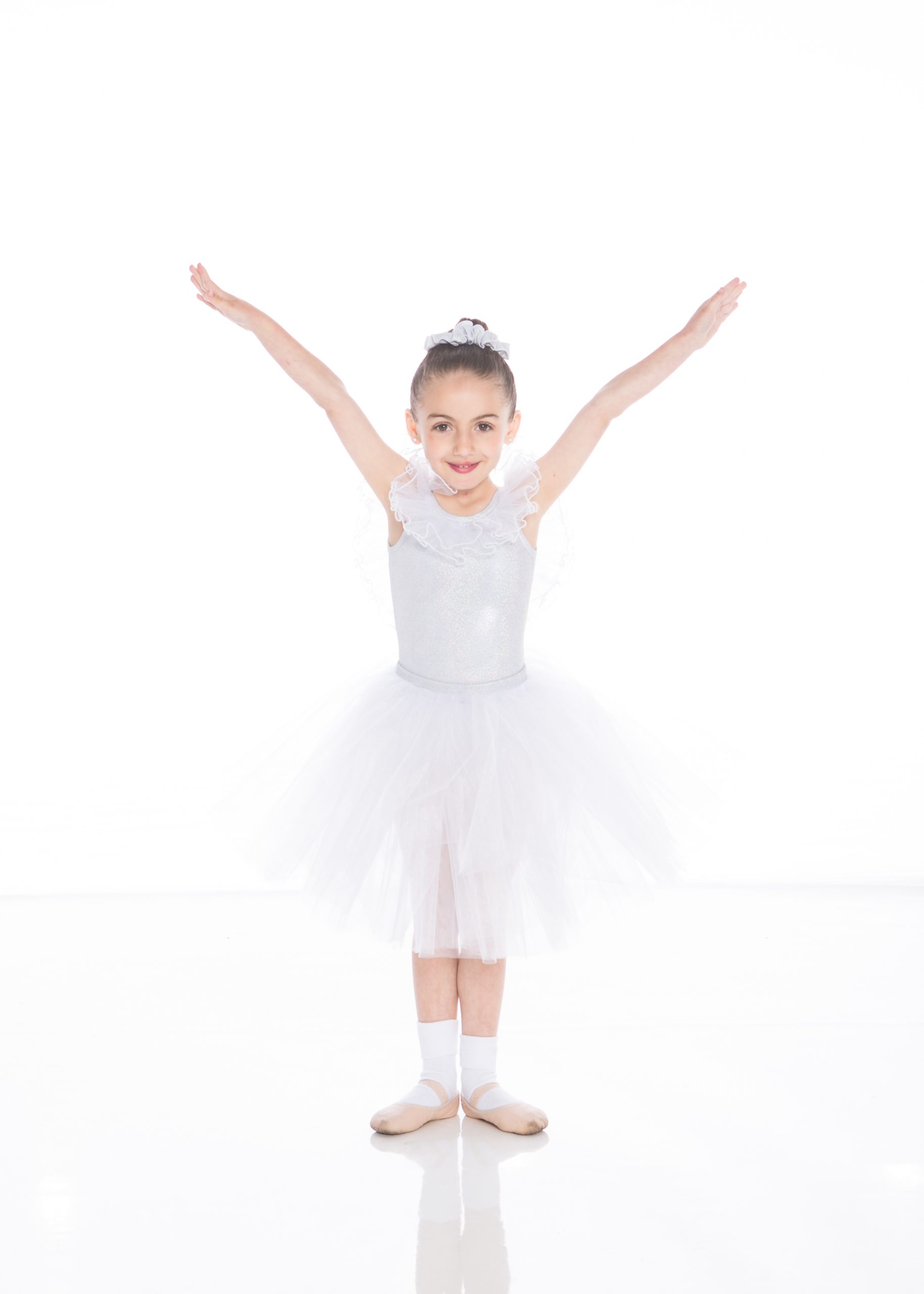
Basic Ballet Positions for the Complete Beginner
Everyone starts somewhere, and what better way to start when you have so much free time at home! Learning the basic positions for ballet no matter how advanced each dancer is, they still have a significant importance. All basic positions taught in ballet are used throughout every syllabus and all ballet dancers use them frequently. The importance of each step is not how difficult they are but the learning process to master the turnout and balance while maintaining the position which comes to you over time with hard work. These are the 5 most important ballet positions to learn as a complete beginner.
First Position:
Also known as the pizza slice, first is the most common ballet position used in any syllabus. First position is the very first step taught when enrolling in ballet and is used continuously throughout the years. Learning this step helps you understand which muscles to engage to hold proper turnout, and improves your technique the more you practice, no matter your age. Although this position is used for all ages the more experienced you are, the more difficult the position is made. For example, with toddlers the step is used to understand weight placement and using proper muscles and as you age more turnout is required, and it is used in harder steps such as a tour jettes!
Second Position:
This position is known for being the easiest to balance. As you have more area to sustain your stability because your feet are further apart, you can focus more on the technique. Second position is very similar to first position, with the same angle of the feet and turnout. The only difference is second position your feet are hip width apart and in first your heels are together.
Third Position:
Although very important, this position is the least used when learning ballet. Third is usually used during barre exercises but when choreographers create dances, third position is never used over the other four. Third is more known as the practice position for preparing for fifth. This position is when balancing becomes more difficult. As shown, third is when one heel is touching the arch of the other foot, while sustaining your turnout. This position decreases your stability causing you to squeeze more of your muscles.
Fourth Position:
Fourth position is when either foot is placed turned out in front with that heel aligned with the opposite foot’s back toes. This position is the most difficult to maintain your turnout, especially with the back foot. When in this position it is required to squeeze all turnout muscles or else the back knee will rotate and turn in. This is what makes this position the most difficult when adding it to certain exercises. When learning this step for the first time, it is a priority to focus on maintain proper technique to avoid injury.
Fifth Position:
Very similar to fourth position, fifth is the exact same alignment with the feet, but the front heel and back toes touch, whereas in fourth, they are apart. Fifth position is the most common in advanced choreography and it holds the most difficulty in all aspects. This position is less stable, causes difficulty when holding turnout and requires many muscles to engage. Many of these muscles include the core, hamstrings, glutes and more. Always keep your knee straight when in fifth and never force more turnout that you cannot handle, it may also lead to injury.
Even though all these steps are fun and exciting it is still important to make sure the proper technique is in place before continually using these positions. If practicing incorrectly it may lead to pain in muscles or joints which you want to avoid. Practicing these steps and working on each at time can help you master all the common positions used in ballet!
At CM Dancing, we offer a very strong Ballet Program for dancers ages 2-17 years of age. We follow the Royal Academy of Dancing Syllabus offering exams for those dancers ready and interested in participating. Visit our Parent Portal to find the perfect ballet class for you!
